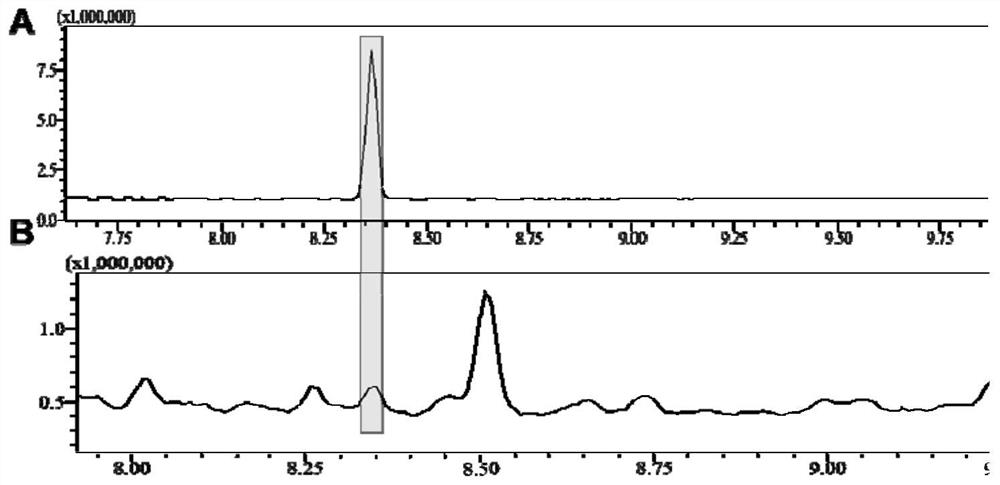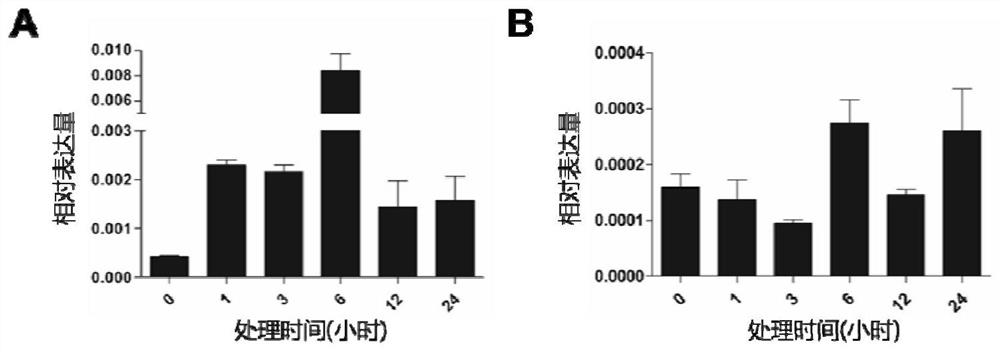Method for improving verticillium dahliae resistance of plant by utilizing AtALA7 gene
A technology for Verticillium dahliae and transgenic plants is applied in the field of improving plant resistance to Verticillium dahliae, and can solve problems such as difficulty in achieving broad-spectrum effects, verticillium wilt damage and the like
- Summary
- Abstract
- Description
- Claims
- Application Information
AI Technical Summary
Problems solved by technology
Method used
Image
Examples
Embodiment Construction
[0073] The present invention will be described in further detail below in conjunction with the accompanying drawings, but the following description does not limit the present invention.
[0074] The pharmaceutical reagents in the implementation examples of the present invention are domestic conventional chemical reagents that are not specified, and all materials and methods that are not specified are referred to "Molecular Cloning Experiment Guide" (Sambrook and Russell, 2001).
[0075] 1. Proposal of the core strategy of the invention technology
[0076] 1.1 Obtaining homozygous mutants of Arabidopsis thaliana with deletion of AtALA7 gene
[0077] 1.1.1 Arabidopsis mutant acquisition and planting
[0078] Arabidopsis mutants were purchased from the Arabidopsis Biological Resource Center (ABRC) T-DNA insertion mutants ( Figure 4 A-C), number: ala7(SALK_125598).
[0079] Arabidopsis seed culture method: divide the seeds into 1.5mL centrifuge tubes, oscillate repeatedly with...
PUM
 Login to View More
Login to View More Abstract
Description
Claims
Application Information
 Login to View More
Login to View More - R&D
- Intellectual Property
- Life Sciences
- Materials
- Tech Scout
- Unparalleled Data Quality
- Higher Quality Content
- 60% Fewer Hallucinations
Browse by: Latest US Patents, China's latest patents, Technical Efficacy Thesaurus, Application Domain, Technology Topic, Popular Technical Reports.
© 2025 PatSnap. All rights reserved.Legal|Privacy policy|Modern Slavery Act Transparency Statement|Sitemap|About US| Contact US: help@patsnap.com



